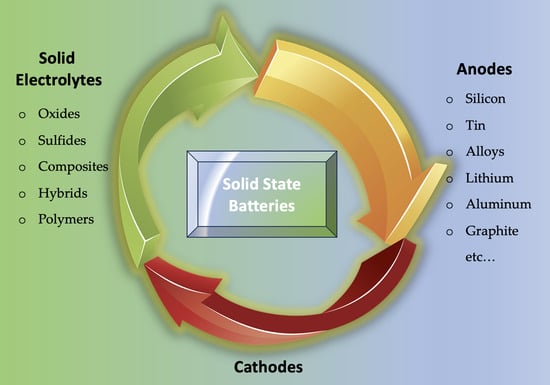Perovskite Solar Cell
Perovskite Solar Cell
Chemistry
Patented thin-film solar cells based on perovskite materials with high efficiency and low production cost.
The patented thin-film solar cells utilize perovskite materials, which have emerged as a promising alternative to traditional silicon-based solar cells due to their high power conversion efficiency and potential for low production costs. Perovskite solar cells (PSCs) have achieved efficiencies over 23%, rivaling traditional silicon-based solar cells, but with the advantage of being potentially cheaper to produce. The perovskite material serves as the light-absorbing layer, allowing for the efficient conversion of sunlight into electrical energy. The thin-film design enables the use of a minimal amount of perovskite material, further reducing production costs. This design consists of a transparent conductive oxide (TCO) layer, an electron transport layer (ETL), the perovskite layer, a hole transport layer (HTL), and a back electrode. The TCO layer, typically made of fluorine-doped tin oxide (FTO) or indium-doped tin oxide (ITO), facilitates the collection of charge carriers. The ETL and HTL are crucial for efficient charge transport and preventing recombination losses. The perovskite layer, with its exceptional light-absorbing properties, is the heart of the solar cell. Its bandgap can be tuned for optimal energy conversion by adjusting the composition of the perovskite material. The patented technology likely involves specific innovations in the deposition methods of these layers, material composition, and interface engineering to achieve high efficiency and stability. The low production cost is achieved through the use of inexpensive materials and scalable deposition techniques, such as slot-die coating, blade coating, or roll-to-roll printing. These methods enable the rapid and cost-effective deposition of perovskite and other layers over large areas, making the technology suitable for commercial applications. The combination of high efficiency and low production costs makes these patented perovskite-based thin-film solar cells highly competitive in the renewable energy market.
Building-integrated photovoltaics (BIPV) where the solar cells can be seamlessly integrated into building facades, rooftops, and windows to generate electricity while also serving as a building material, reducing the overall cost of construction and increasing energy efficiency.
Space exploration where the high efficiency and low mass of the perovskite solar cells make them an ideal choice for powering satellites and other spacecraft, enabling longer mission durations and more efficient power generation in space.
Consumer electronics such as smartphones, laptops, and wearable devices, where the low production cost and high efficiency of the solar cells can enable the development of self-powered devices, reducing the need for recharging and increasing device portability.
Utility-scale solar power plants where the high efficiency and low production cost of the perovskite solar cells can significantly reduce the overall cost of electricity generation, making solar energy more competitive with fossil fuels.
Agricultural applications such as solar-powered irrigation systems and farm equipment, where the solar cells can provide a reliable and renewable source of energy, reducing the reliance on diesel generators and grid electricity.
Electric vehicle charging infrastructure where the solar cells can be used to generate electricity for charging stations, reducing the strain on the grid and enabling the widespread adoption of electric vehicles.
Remote communities and off-grid locations where the solar cells can provide a reliable and affordable source of electricity, enabling the development of remote communities and improving the quality of life for people living in off-grid locations.
Aerospace and defense applications such as unmanned aerial vehicles (UAVs) and other military equipment, where the high efficiency and low mass of the solar cells can enable the development of more efficient and longer-endurance systems.

World Health Organization (WHO)
Analysis
View Patent
